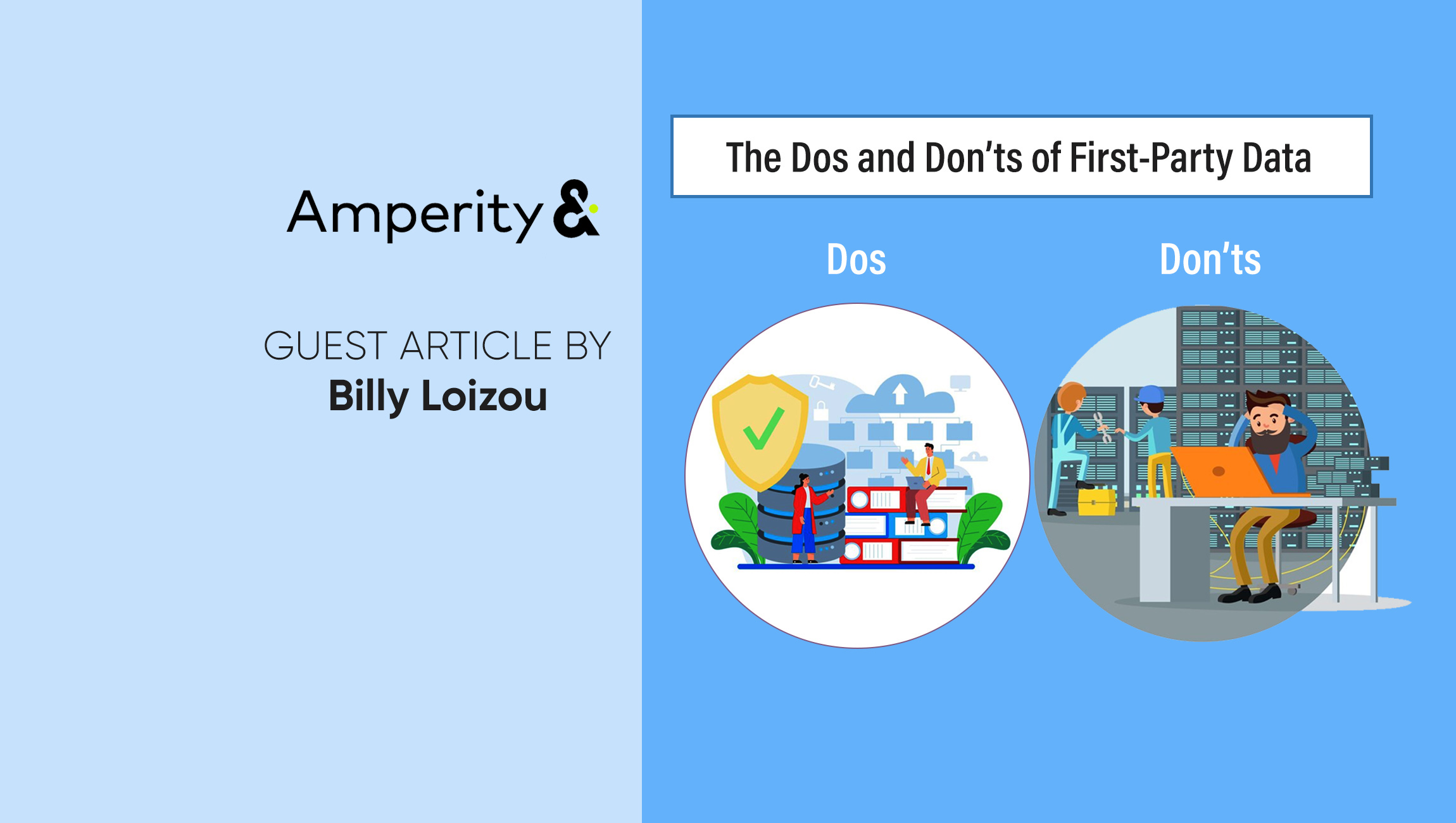Transforming first-party data into useful insights is hard. But with more pressure than ever to hit revenue goals, APAC marketers need to find smarter ways to acquire new customers. They also need to simultaneously navigate the privacy revolution, which adds an extra layer of complexity. Consent rules, regulations and the decline of third-party signals make it harder for marketers to connect with and convert the audiences they want.
First-party data can help overcome these challenges. But first you need to know how to work with it and what to do with it. In this final installment of our three-part series, we now unpack the dos and don’ts of first-party data. From tapping into the value of every interaction you have with your customers to why you should never leave your customer data in silos, these are the key strategies and pitfalls to guide your data management journey.
First-Party Data Dos and Don’ts
Do: Collect first-party data across your brand’s myriad touchpoints
Every interaction you have with your customers is a chance to enhance your first-party data. Build a unified view that includes online and offline purchases, social media interactions and requests for customer care. This will help you build an identity across the entire lifecycle from anonymous to partially known to fully known.
Don’t: Leave your customer data in silos
Siloed data is not healthy data. It creates barriers to information sharing and collaboration across departments. Inconsistencies in data across silos can cause data quality to suffer. You simply will not have a holistic view of your customers.
Do: Explore emerging technologies that allow you to share data securely and in privacy-compliant ways with your partners
This will be essential to enrich your first-party data. Become familiar with concepts like data clean rooms (DCRs), which aggregate and anonymise personal data. They can provide marketers with non-PII data to enhance targeting and campaign measurement.
Don’t: Wait for a new industry standard to replace third-party cookies
There are numerous identifiers vying to be the solution in the post-cookie world – but in the end, it’s still data rental. Take the time (and investment) to focus on your owned first-party data for better targeting and ROAS.
Do: Find a data partner who can support your first-party data strategy
You don’t need to go at it alone as you navigate the post-cookie landscape and focus on your first-party data to effectively message customers. Find a partner who is willing to show you the ropes and help your organisation develop a data strategy that meets your business goals.
Don’t: Leave data quality and governance to chance
Ensuring the accuracy, completeness and consistency of first-party data is paramount to its effectiveness as a marketing asset. Implement robust data quality assurance processes to identify and rectify errors, duplicates and inconsistencies within your data sets. Establish clear data governance policies and procedures to govern data access, usage and sharing, ensuring compliance with relevant privacy regulations, such as The Privacy Act.
Marketing Technology News: MarTech Interview with Chris Koehler, CMO @ Twilio
Do: Invest in AI, data analytics and machine learning
Harness the power of data analytics, AI and machine learning algorithms to extract actionable insights from your first-party data. By leveraging advanced analytical techniques, such as predictive modelling and customer segmentation, marketers can uncover hidden patterns, trends and correlations within their data, enabling more targeted and personalised marketing initiatives. Invest in cutting-edge analytics tools and AI-powered platforms that empower marketers to derive actionable insights and drive data-driven decision-making across the organisation.
Don’t: Forget to experiment and iterate
Adopt an iterative approach to data-driven marketing, embracing experimentation and continuous improvement as core principles. Leverage A/B testing, multivariate testing and other experimental methodologies to evaluate the effectiveness of different marketing strategies and tactics. Analyse the results of experiments rigorously, identifying successful approaches and areas for optimisation. Iterate on your marketing campaigns based on data-driven insights, refining your tactics over time to maximise ROI and customer engagement.
Do: Foster a culture of data literacy and empowerment
Empower your marketing team with the knowledge, skills and tools they need to effectively leverage first-party data in their day-to-day operations. With the recent launch of our two new generative AI capabilities – Explore and Assist – Amperity is empowering marketers to get the most out of their customer data – fast.
Assist, for example, supports marketers, analysts and data operators with creating marketing workflows more quickly. The first product within Assist is Ai Assistant, which removes the barriers to creating SQL queries and fixing potential errors within those queries. It’s been a gamechanger for our customers.
“AI Assistant saves me 7-8 hours of work per week. Instead of crafting SQL from scratch or searching for SQL to reuse, I turn to AI Assistant. It has been such a life saver!” says Hope Vlacich, Manager, Audiences & Digital Marketing Analytics at Wyndham Hotels & Resorts.
Don’t: Neglect ongoing data maintenance and optimisation
Data management is not a one-time endeavour. It’s an ongoing process that requires constant attention and optimisation. Continuously monitor and evaluate the performance of your data management processes, identifying opportunities for refinement and enhancement. Regularly audit your data infrastructure and systems, ensuring scalability, reliability and performance. Invest in data quality tools and technologies that automate data cleansing, enrichment and validation tasks, streamlining your data management workflows and improving efficiency.
Unify your data, accelerate your business
As we conclude this series on first-party data, it’s evident that transforming raw data into actionable insights is no simple task. In today’s competitive landscape, where revenue goals loom large and privacy regulations tighten, APAC marketers face unprecedented challenges in acquiring and retaining customers.
Unifying and understanding first-party data is paramount for businesses seeking to thrive in today’s digital landscape. By leveraging these insights effectively, they can drive customer engagement, maximise ROI and achieve sustainable business growth. Uncover even more ways to maximise the potential of your first-party data by downloading our new guide here.
About Amperity
Amperity delivers the data confidence brands need to unlock growth by truly knowing their customers. With Amperity, brands can build a first-party data foundation to fuel customer acquisition and retention, personalize experiences that build loyalty, and manage privacy compliance. Using patented AI and ML methods, Amperity stitches together all customer interactions to build a unified view that seamlessly connects to marketing and technology tools. More than 400 brands worldwide rely on Amperity to turn data into business value, including Alaska Airlines, DICK’S Sporting Goods, Endeavour Drinks, Planet Fitness, Seattle Sounders FC, Under Armour and Wyndham Hotels & Resorts. For more information, visit amperity.com or follow us on Linkedin, X, Facebook and Instagram.
Marketing Technology News: Email: the Unsung Hero of Omnichannel Engagement












